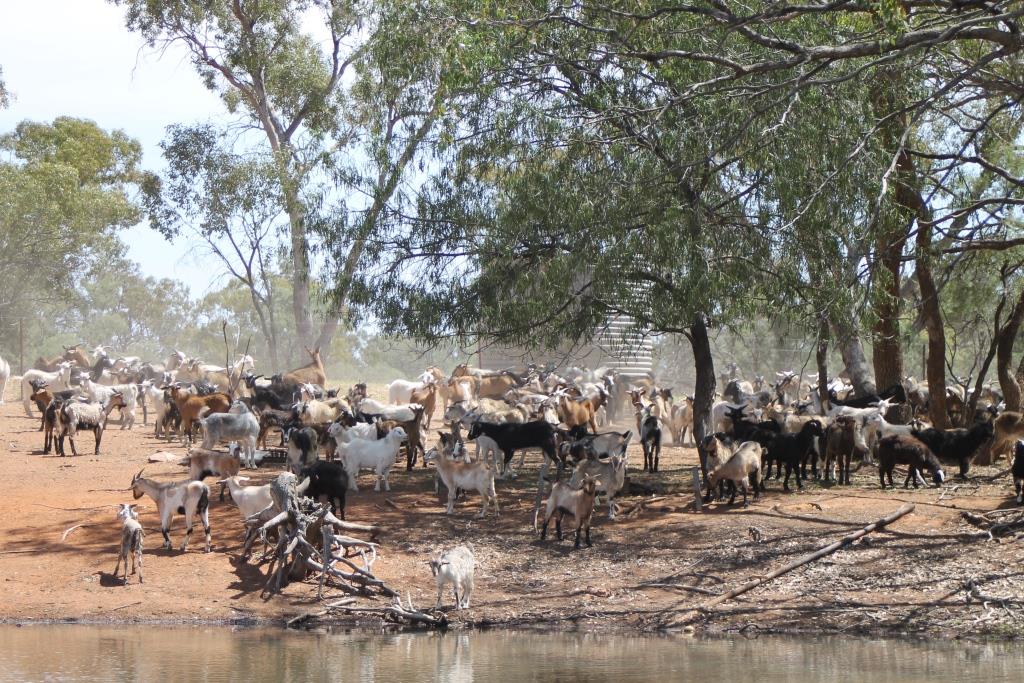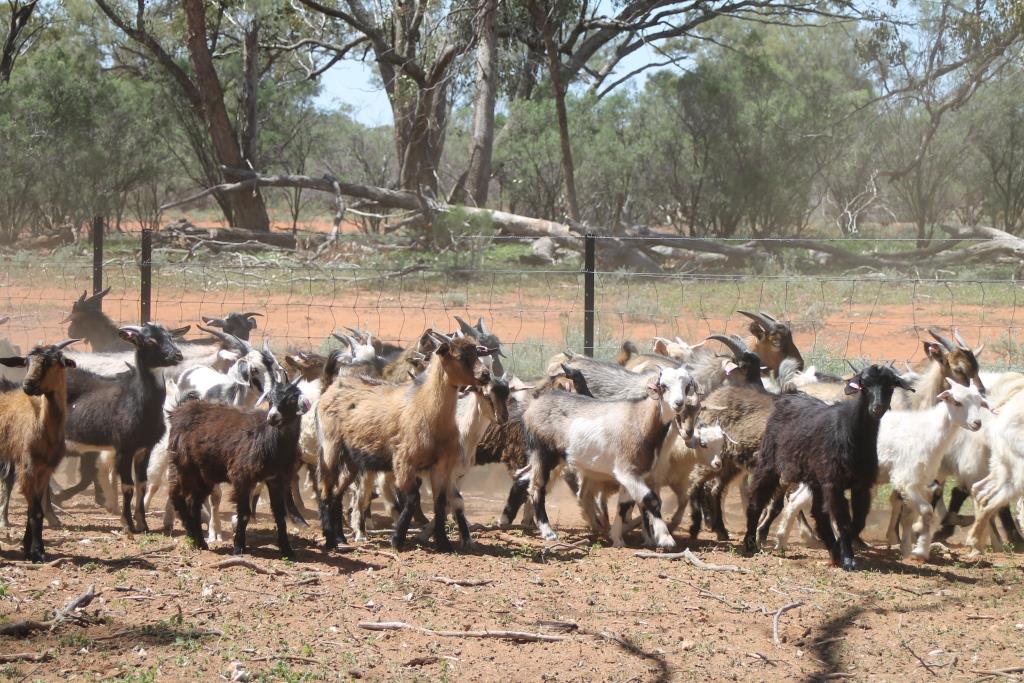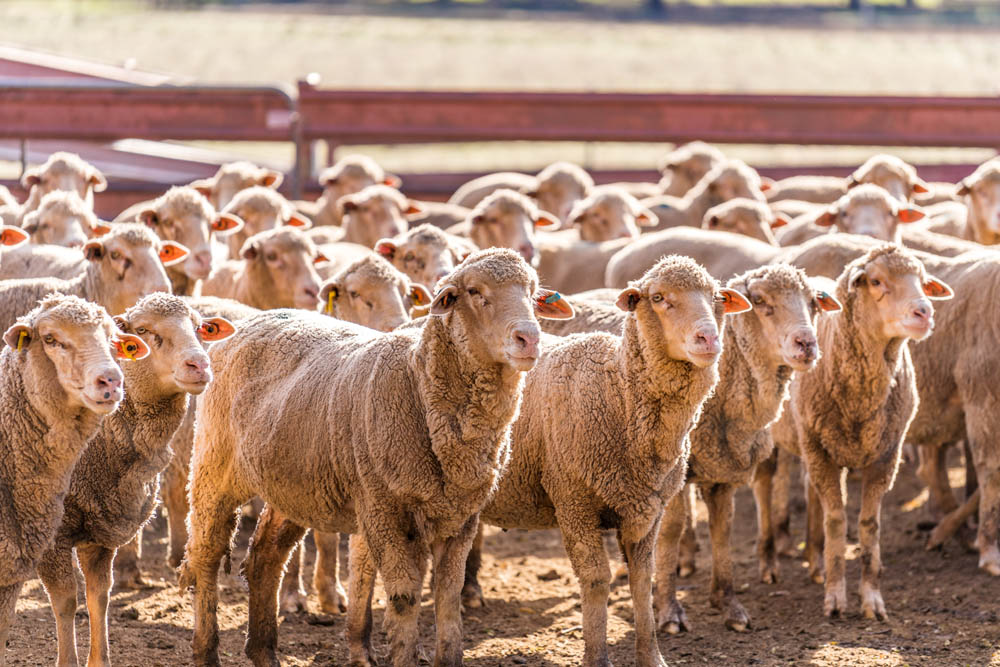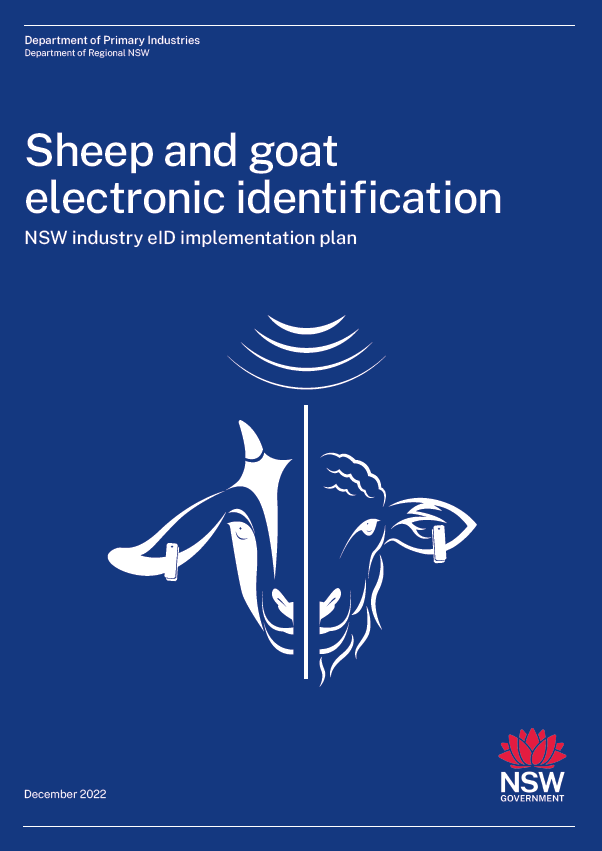- GVP $22 million est. Up 184% year-on-year.
- Goat production reached a six year high.
- Goat prices have fallen with the increase in supply and pressure from the US market.


Production
Slaughter weights were higher than in 2021-22, up to an average of 16.9kg Australia-wide. Average carcase weights in NSW rose to 15.2kg, up from 13kg in 2021-22, likely a result of grid specifications at Bourke abattoir and lower distances from depots and producers to processors.
NSW production increased significantly due to Bourke abattoir reopening in September 2022, 54 providing another option for farmers in far west NSW. Bourke abattoir has a capacity of 3,000 goats per day, and still has room for growth as one of the major goat processors in Australia with the abattoir processing between 1,200 to 1,500 goats per day for much of the year. 55 The United States Department of Agriculture listed the abattoir in March 2023, enabling goats processed at this abattoir to be exported to the United States.
Price
Over-the-Hook and Export Goatmeat Prices 35 178
- OTH Price (cwt), 16-20kg
- Goat Export Price
Trade
Stronger Primary Industries Strategy
Enhancing traceability of sheep and goats
In September 2022, all agricultural ministers in Australia agreed to work towards mandatory implementation of sheep and goat electronic identification (eID) nation-wide, similar to what occurs for cattle. The sheep and goat industries and NSW DPI are working together to transition to an eID system from June 2024 through to January 2027.
Strategic Outcome

- 1.3 Rapidly and efficiently contain biosecurity threats

NSW DPI is implementing an eID system for sheep and goats that takes a considered approach of the time taken to manage the challenges posed by cultural and skill set changes across all sectors. In December 2022, grants of $5,000 to $15,000 were made available to all saleyards and processors in NSW to commence planning for essential modifications and critical infrastructure required to meet eID requirements.
The Commonwealth and NSW Government joined together in support of the sheep and goat industry, providing $38 million to support the implementation of mandatory individual eID across NSW. The NSW Sheep and Goat eID Rebate Scheme provides a rebate to eligible people across the industry to be prepared and ready, once electronic identification for sheep and goats is a requirement in NSW.
NSW DPI will continue to support those across all sectors of the sheep and goat industry to make the change to eID through a wealth of education and training opportunities, opportunities to talk directly to staff through their unique situation and learn more through case studies of those who are making or have already made the switch to eID.



